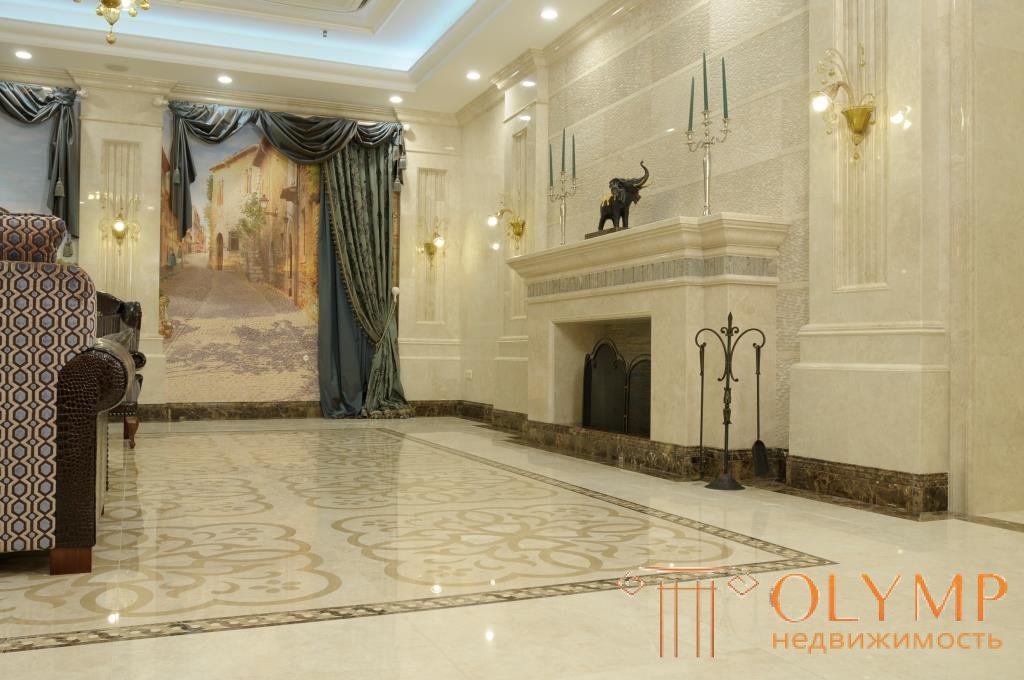
The importance of finishing materials in construction is beyond doubt - they not only make buildings beautiful, but also help to protect their structures from atmospheric and other effects.
Modern types of finishing materials can be divided into several groups according to the following features: purpose, operating conditions, condition, origin of their components. Below the classification of finishing materials will be considered in more detail.
Based on the operating conditions, it is possible to distinguish exterior finishing materials (for outdoor work) and internal (they are finished inside the building). The market of finishing materials in our time offers a huge amount of products for interior decoration, but do not forget that when choosing it, it is necessary to take into account the purpose of the room, because it affects not only the interior, but also how long the decoration will last. For example, in the kitchen, walls should preferably be plastered with cement plaster, covered with ceramic tiles, wallpaper should be used washable. It is not bad to make ceilings from waterproof cement slabs (for example, Aquapanel Knauf), metal panels or plastic.
We list the modern types of finishing materials that are most often used:
Exterior finishing materials:
Internal finishing materials:
Our classification of finishing materials continues and in the next group they can be divided by purpose:
Depending on their physical condition, finishing materials can be:
It is also possible classification of finishing materials and the nature of their components. According to this classification, modern types of finishing materials can be divided into natural (often environmentally friendly finishing materials that do not represent a danger to humans at all) and artificial ones.
Inside the building, lining walls, floors and various designs are made using marble or limestone slabs.
Natural products include wood products - block parquet, wall paneling.
Decoration materials of artificial origin are of two types - inorganic and organic. The first (inorganic) can be attributed facing brick, various plasters based on inorganic binders (cement, gypsum). Organic finishing materials are, first of all, products from polymers (vinyl wallpaper, linoleum), as well as paper-based materials (floorboard, wallpaper).
It should be said that the market of decorative materials of artificial origin is nowadays flooded with products that quite accurately imitate the color, texture, pattern and texture of natural materials. Some modern types of finishing materials of this type at first glance can hardly be distinguished from their natural counterparts.
Что бы оставить комментарий войдите
Комментарии (1)